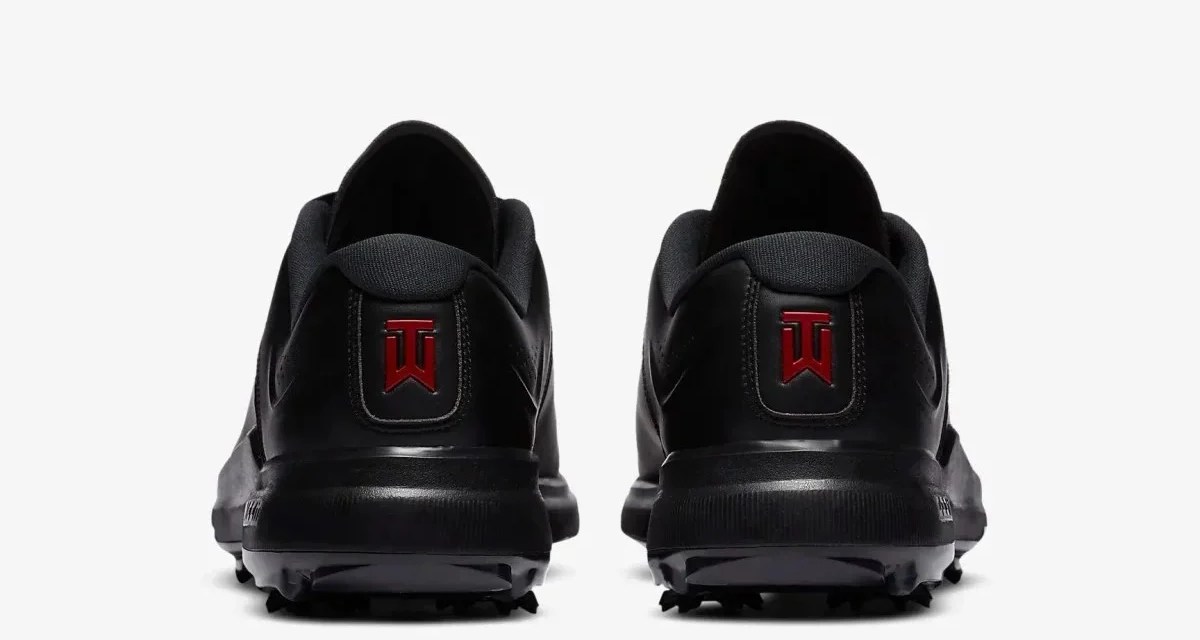What Nike’s future looks like without Tiger Woods

It’s barely a week into 2024, and retail has already suffered its first major breakup: Tiger Woods and Nike.
On Monday, Woods announced on social media that he and Nike would part ways after 27 years. In a post on Instagram, Nike wrote, “It was a hell of a run, Tiger… You challenged the entire institution of golf. You challenged us. And most of all, yourself. And for that challenge we’re grateful.”
Nike built its golf business with Woods at its center, and without him, the company has one more hurdle to overcome as it enters the new year. Already, Nike, like other apparel brands, is grappling with a slowdown in consumer spending. In December, Nike slashed its sales outlook for the year, and over the next three years, it plans to make $2 billion in cuts. Nike is also making major changes to its sales channels; last year, it re-upped its partnerships with wholesalers like DSW and Macy’s after terminating such relationships to focus on its direct-to-consumer channel.
According to CNBC, Woods made the call not to renew with Nike. For years, though, Nike has begun pulling away from golf. In 2016, it exited the golf equipment business after failing to make enough sales. “We lost money for 20 years on equipment and balls and realized that next year [2017] wasn’t going to be any different,” then-CEO Phil Knight told Bloomberg at the time. Post-Woods breakup, Nike may focus more on other avenues of its business such as its successful running franchise, sources told Modern Retail. It may also continue to forge more partnerships with leagues as a whole, as it has done in recent years.
Nike still has plenty of famous athlete partners on the books, including Michael Jordan, Serena Williams, Naomi Osaka and Lebron James. And yet, Woods’ departure marks the end of one of Nike’s most long-lasting and successful partnerships. After signing the then-20-year-old in 1996, Nike built up its golf business, pushing out Woods-inspired clubs, balls, apparel and shoes. At the time it partnered with Woods, Nike was making $6.5 billion in revenue a year, according to its 10-K from 1996. By the time it exited the golf equipment business in 2016, Nike’s annual revenue sat at $32.4 billion.
While Nike no longer makes golf equipment, it continued to ink deals with golfers like Rory McIlroy and Nelly Korda and sell golf apparel such as polo shirts and pants. But, without Woods involved at all, Nike’s future in golf appears hazy, sources said. Many of Nike’s existing products have Woods’ name attached, and removing them from Nike’s inventory requires resources. In addition, other golfers are leaving the company; last week, PGA Championship winner Jason Day announced he would depart Nike for Malbon Golf.
Compared to other aspects of Nike’s business, golf is small. According to its 10-K from 2015, Nike’s wholesale equivalent revenue for golf that year was $771 million — much less than $4.85 billion for running and $3.72 billion for basketball. Nike’s golf revenue dropped 2.3% from fiscal 2014 to fiscal 2015, then 8% from fiscal 2015 to fiscal 2016.
Ad position: web_incontent_pos1
Matt Powell, founder of the consultancy Spurwink River, told Modern Retail he wouldn’t be surprised if Nike dropped out of golf altogether. “Economically, it just doesn’t make sense,” he explained. “Nike does not do a lot of polos in the rest of their line, and golf is all about polos,” he said. “The golf demographic is much older and much whiter than Nike’s core customer. And frankly, outside of a little bit of a burst during the pandemic, the golf business hasn’t been a high-growth industry.”
Jessica Ramírez, senior research analyst at Jane Hali & Associates, mentioned that Nike’s last earnings call emphasized innovation, making new products and meeting consumer demand. “Some of the other categories, which are bigger for them, might be more of an interest,” she told Modern Retail. “But time will tell where they’re deciding to really place that attention.”
Woods, who is tied for first in PGA Tour wins, became a billionaire during the partnership with Nike. His last deal with Nike — inked in 2013 for 10 years — was worth as much as $200 million, according to media reports. In his statement on X (formerly Twitter), Woods teased that “there will certainly be another chapter,” which some have speculated to mean a different retail partnership.
But, as Spurwink River’s Powell noted, partnerships with athletes can be risky. They can injure themselves, make damaging comments or spark scandals. Woods, for instance, took time away from golf to recover after a car crash in 2021 that nearly took his life. And, while Nike stuck by Woods amid reports of his extramarital affairs in 2009, other companies did not. Gillette, Accenture and AT&T all cut ties with Woods in subsequent months.
Going forward, it might be more effective for brands to partner with leagues as a whole, rather than individual athletes, Powell added. Nike, for instance, has a partnership with all 32 NFL teams for apparel and uniforms through 2028. Nike also sponsors the National Women’s Soccer League in the U.S., as well as Mexico’s professional women’s football league, Liga BBVA MX Femenil. “It wouldn’t surprise me to see brands focusing more on that side of the equation,” Powell said.
Ad position: web_incontent_pos2
Still, for now, Nike has many athlete partners. Jordan Brand, Nike’s line with Michael Jordan, was responsible for 16% of Nike’s revenue during its 2023 fiscal year, according to earnings results. In addition, Nike continues to sign college and high school athletes to NIL (name, image, likeness) deals. In October, it announced its latest class of 13 rookie NBA signees.
“They cover a world of sport,” Jane Hali & Associates’ Ramírez said. “And they still have a lot under their belt.”

